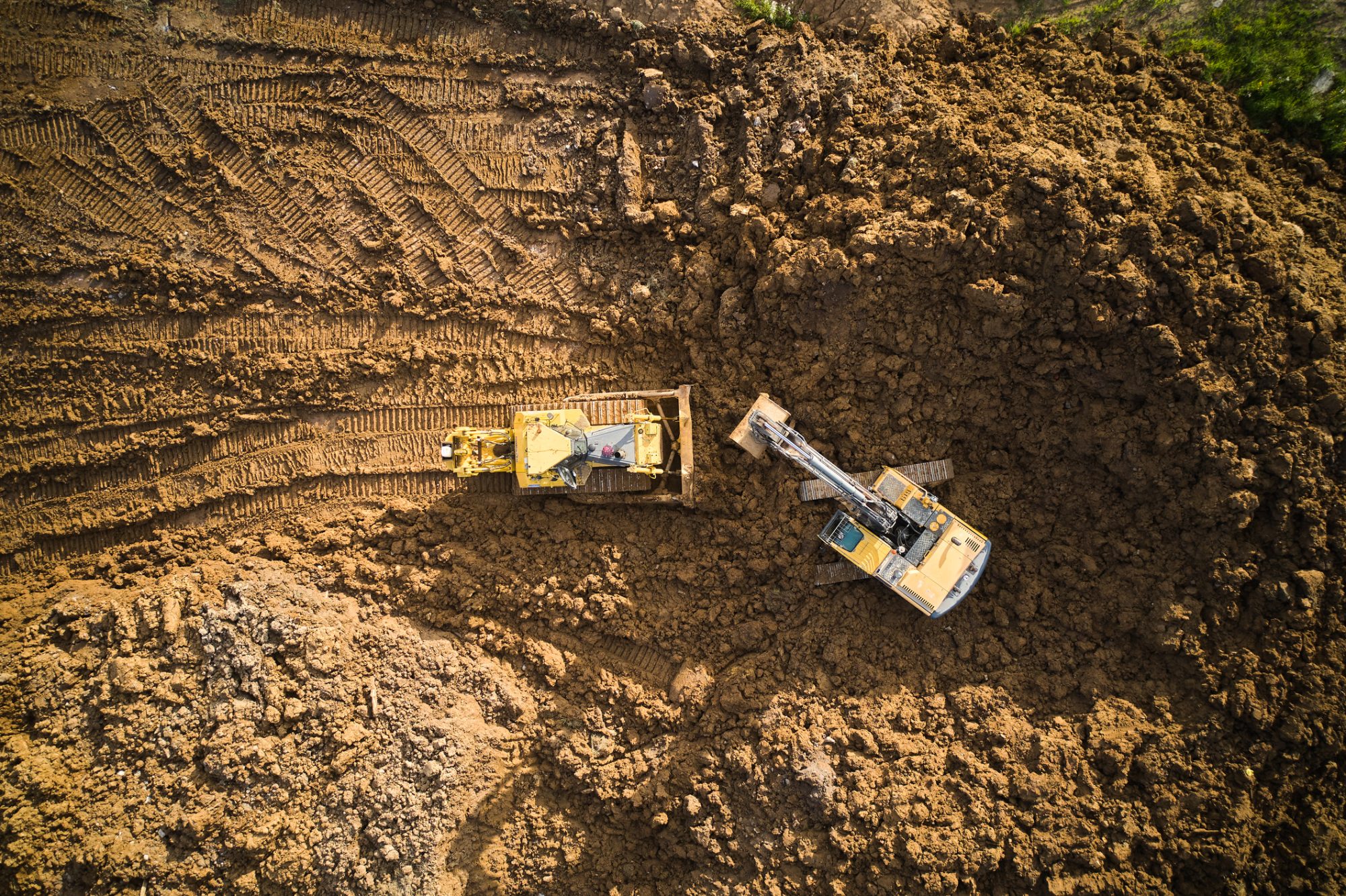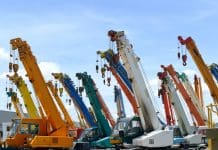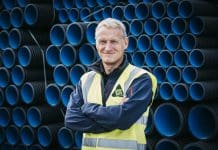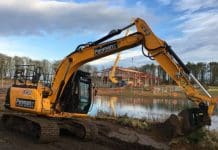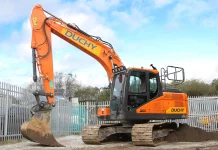Daniel Marsh, programme manager of the Centre for Low Emission Construction at Imperial College London, examines the efficiency measures needed in construction to allow for the transition to diesel-free, fully electric plant in the near future
The global construction sector is responsible for 39% of carbon emissions. In 2020, the UK construction industry consumed 2.5m tonnes of diesel, emitting 6m tonnes of CO2e, greenhouse gases and other air pollutants that damage the environment but also significantly impacting the health of those working on sites.
In June 2023, the Construction Leadership Council published its CO2nstruct Zero plan, which is the industry’s commitment to eliminate 78% of diesel-powered plant by 2035, in line with achieving the UK government’s net zero ambitions by 2050.
This all sounds great but in reality, delivering diesel-free construction sites on the ground is still a very complex problem and takes time to deliver. This will require the industry working together to support the adoption of new measures and share best practice, along with the evidence of benefits from doing so.
Optimising existing tech is as necessary as new innovations
As well as full electrification or the use of hydrogen-powered plant, the route map contains soft measures that can be adopted rapidly with very little CapEx required.
These include the better use of existing machinery through analysing the telematic data and understanding where efficiencies can be introduced, such as operator eco-training to reduce idling time or recognising pinch points in machine movements improving on-site management.
Ideally, sites would be able to secure early grid connections to power electric plant and run the site welfare; however, this still proves to be highly challenging. Introducing efficiency measures and reducing demand must be included in early planning stages, making eventual connections quicker and cheaper, while harvesting the benefits in the interim period.
Energy efficient solutions can also be technology-driven. As we move towards a diesel-free future, we will continue to see more battery electric plant being introduced, certainly in the small to medium size range, and this will require charging using off-grid power in most cases.
The last thing we want is displacement of cleaner stage IV or V diesel machinery to be replaced with “green” electric plant charged through a bank of older dirtier Stage III-A diesel-powered generators. Therefore, understanding real-world power use on current sites and how to provide sufficient clean energy will only continue to grow in importance as we transition to cleaner technologies still in development.
Diesel generators have also been proven to disproportionately contribute to a site’s total emissions. This is because they are often oversized for their real need, as well as running 24/7 to provide overnight power for security and drying rooms etc.
Energy management systems and local storage
Energy management systems are intelligent distribution boards, placed between the power supply and the end use, that provide live consumption data, control supply and avoid unnecessary peaks in demand.
As the system monitors how power is being used, it switches off non-essential assets when demand peaks and highlights where energy is being wasted. This allows for the supply to be optimised, reducing the generator size, reducing fuel and rental costs, and therefore reducing emissions. These systems have already been widely demonstrated across the industry, with case studies showing that sites are able to make significant improvements.
Having the ability to store waste energy locally is also a quick win. This can be through hybrid systems, utilising large power packs that are charged in daytime hours and allow for silent overnight operation, or through energy flywheels.
Developed for Formula One, this technology has been transferred to the construction industry to provide high power for short demand periods. This is particularly relevant for applications such as tower cranes and hoists, where the larger generators that provide rapid power ramping during a lift can now be replaced by significantly smaller units coupled with the energy storage flywheel.
Both these solutions deliver significant cost reductions through rental and fuel use whilst reducing emissions. This technology is not limited to these applications and there is rapid adoption across sites as it is proven elsewhere.
Clean energy production is key to becoming diesel-free
The examples above have all been looking at reducing the size of diesel generators. To maximise efficiency and move away from diesel dependency, these technologies need to be combined with clean energy production.
Hydrogen fuel cells have recently been demonstrated as innovation on exemplar sites but without the infrastructure and supply chain in place for green hydrogen, they are not widely available and hence are not cost effective as yet, in which case other gaseous fuels should be considered.
Clean Air Gas Engines, running on LPG, are becoming increasing available as off-the-shelf rentals and in-field emission tests have shown that these are 95% cleaner than the equivalent stage V diesel generator.
Using these in combination with the technologies above, and other efficiency measures such as solar and heat recovery, will allow for smaller engines to be used and will be important in helping construction sites become diesel free by 2035.
Daniel Marsh
Programme manager, Centre for Low Emission Construction
School of Public Health, Imperial College London
Tel: +44 (0)20 7594 0904



